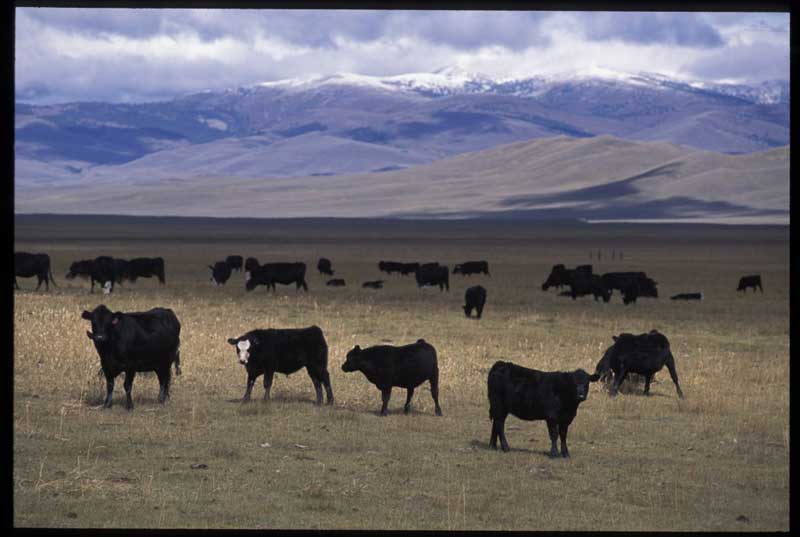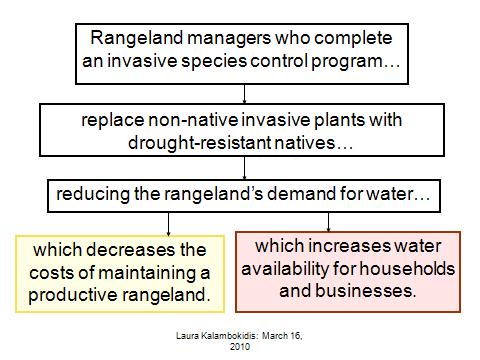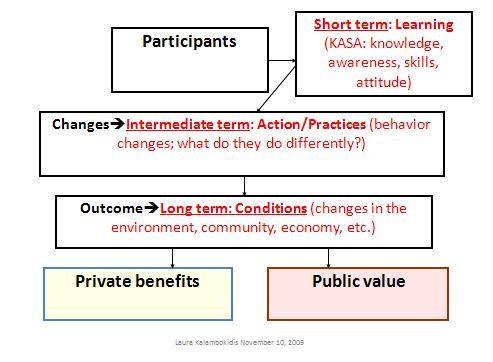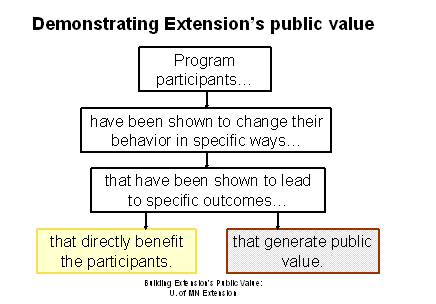The unreachable stakeholder?
Last week I presented a mini public value workshop as part of University of Minnesota Extension’s Fall Program Conference. When I suggested that public value messages should address the specific concerns of individual stakeholders, a question came up that I have heard several times before. Are there some stakeholders who will never be receptive to our messages about public funding for Extension programs? No matter how hard we try, are some stakeholders simply unreachable?
I think that particularly skeptical stakeholders pose a challenge, to which we must try to rise. After all, we wouldn’t have identified them as stakeholders if their support for Extension weren’t important. Conversely, if all of our stakeholders were easy for us to reach, Extension would already be enjoying long-term financial sustainability.
Here are my suggestions:
==Consult with others in the organization who may have a better idea than we do of what matters the most to the challenging stakeholders. External and legislative affairs professionals, regional Extension directors, Extension liaisons to stakeholder groups in your state come to mind.
==Find stakeholders who are sympathetic to Extension, but who are otherwise similarly situated to the challenging stakeholder. For example, do you know of a “friend of Extension” who is in the same line of work, of the same age, living in the same region? Ask that person how they came to understand the value of Extension in their community and what information helped them choose to support Extension.
==If the stakeholder is a public official, study what she has said and written–not only about Extension, but about a variety of topics–to get an idea of what really matters to her.
==Evaluate whether this stakeholder truly is crucial to your program, or if it would not be a great loss to focus your efforts elsewhere.
What do you think? What kinds of stakeholders seem to be unreachable? Have you had success with them? What has worked for you?







